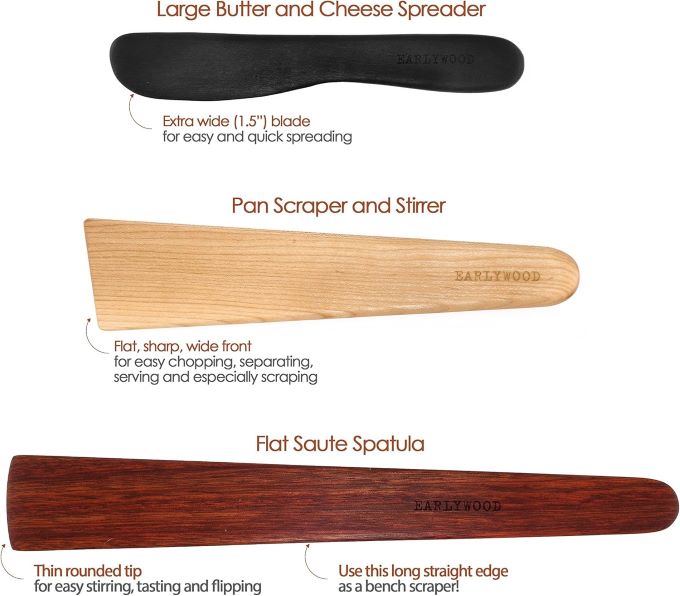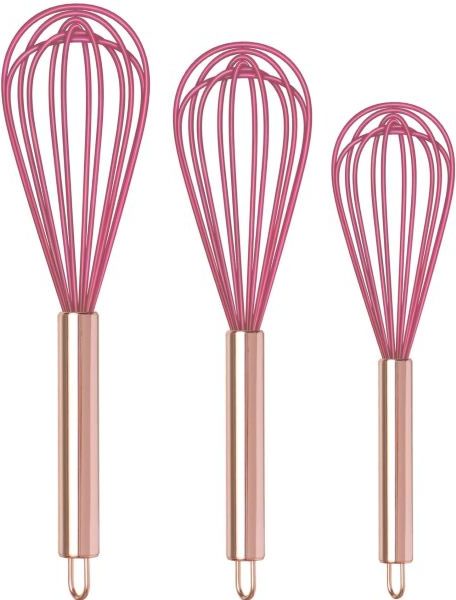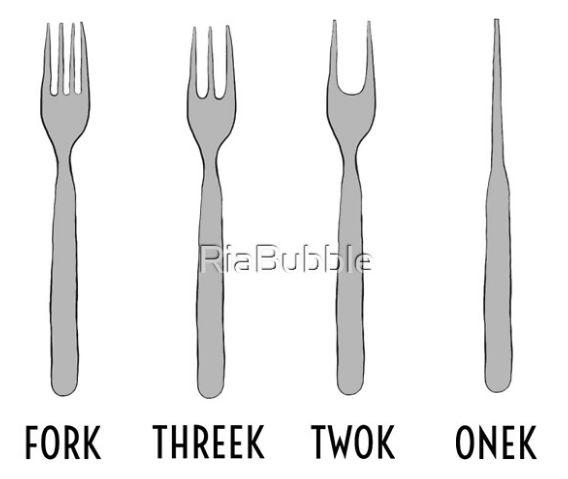The Dangers of Lead in Cutlery
Lead is a toxic heavy metal that can pose significant health risks, even in small amounts. When present in cutlery, particularly in decorative or antique pieces, lead can leach into food and beverages, especially when exposed to acidic or hot substances. Chronic exposure to lead can cause serious health problems, including neurological damage, developmental delays in children, kidney damage, and an increased risk of cardiovascular disease in adults. For pregnant individuals, lead exposure can harm the developing fetus, leading to birth defects or developmental issues.
Sources of Lead in Cutlery
Lead in cutlery is often found in older or imported items, particularly those with decorative finishes or components made from materials like pewter, brass, or alloys that may include lead. Vintage cutlery sets with ornate designs or painted handles are particularly suspect. Modern regulations in many countries restrict the use of lead in food-related items, but not all products are subject to strict oversight, especially those produced in regions with lax manufacturing standards.
How to Test for Lead in Cutlery
To ensure your cutlery is lead-free, you can perform simple at-home tests or seek professional evaluation. At-home lead test kits, available at most hardware stores, use swabs that change color when they come into contact with lead. These kits are easy to use and can detect lead on surfaces, although they may not be as accurate as laboratory tests. For a more definitive assessment, consider sending a sample to a lab that specializes in lead testing. Additionally, be cautious when buying cutlery from unknown or unverified sources, and avoid using antique or decorative pieces for food consumption unless they’ve been tested and certified as safe.




